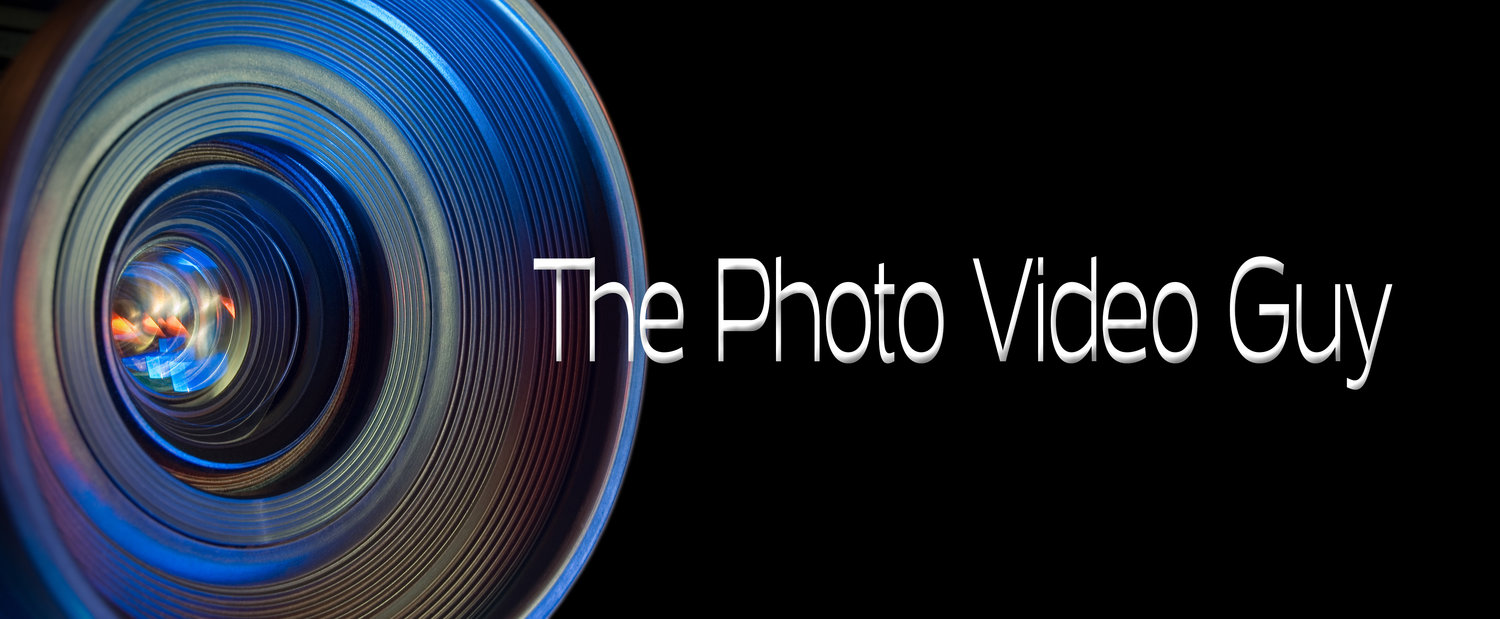f/8 and Be There - The Classic System for Fast Image Making
/Back in ancient times when I started as a photographer, I learned at a seminar from a qualified photojournalist about this magical system to be able to make fast images, the true snap shot, with and interchangeable lens camera and without having to focus for each image.
With modern autofocus, autoexposure cameras, one might wonder why one would consider using this system today.
The answer is simply, time.
In some photographic modes or styles, the photographer needs to get the camera to the eye, frame the shot and restore the camera to strap position as quickly as possible. Or you may be in a photographic situation where you need to react quickly and don’t want to have to depend on autofocus to get you there, and then possibly worry about recomposing and such.
Single lens reflex cameras, and actually all interchangeable lens cameras used lenses with depth of field scales engraved on the lens by the aperture ring. With all this automation, we’ve lost aperture rings and depth of field scales and while this doesn’t matter to most picture takers, it is a loss to the committed photographer, particularly those who want to engage in street photography without taking a lot of time to make the shot.
While smartphone cameras are ubiquitous. they all depend on computational processing to make the final picture. Even the new devices claiming aperture / depth of field control, don’t actually manipulate apertures, they use computational systems to fake out what the algorithm expects the result of a specific aperture with a specific focal length at a specific distance would be. While they do work fast and produce images perfectly suitable for social media or viewing on small smartphone screens, the sensors are still very small and the overall image quality can never match that of a larger sensor and lenses to work with it.
So how do I do this magic thing with my autofocusing camera, whether DSLR or Mirrorless?
Fair question and not difficult. Choose Aperture Priority mode and select f/8 as your aperture. Take advantage of Auto-ISO to make ISO changes to accommodate low light situations and to help prevent your shutter speed from falling into a camera shake situation.
For each lens that you use for your sensor you will need to consult a table to find the point of focus where everything from some distance in front of the point of focus to infinity will be in focus. I use the app called PhotoPills because it works and because it is always with me.
Let’s look at a few examples. For each I will use a full frame sensor as the base, f/8 as the fixed aperture and the table to determine where I need to lock the focus at.
So for a 35mm lens, if I focus at a point 17 feet away, and then turn AF off, anytime I squeeze the shutter everything from 8 feet five inches away to infinity will be in focus. As my preferred lens for street photography is the 35mm, this is what I always set.
If you use a 50mm lens, you focus at a point 35 feet away and then turn AF off and then anything from 17 feet 4 inches away to infinity will be in focus.
If you use a 24mm lens, you focus at a point 8 feet away and then turn AF off and then anything from 8 feet away to infinity will be in focus.
As you can see, the greater the angle of view (smaller focal length) the greater the in focus range is. This is called the depth of field to infinity and the start point is referred to as the hyperfocal distance for that lens at that aperture with that sensor. PhotoPills can produce these results for most any camera, with any focal length and any aperture.
Sadly the use of hyperfocal distance is no longer taught in photography programs. Sometimes we discard very useful methods in favour of more automation and less thinking. f/8 was used because at the time, the predominate film used had an ISO of 400 and that gave good performance with f/8 and hyperfocal distance.
No autofocus, no selection of focus points, no focus stacking. Simple, fast and always correct. A good system worth knowing and applying to your advantage
Please become a member on Patreon to help support this channel. A big thanks to all the existing Patreon members! Send in comments or questions, I read and respond to all. If you shop with B&H Photo Video, please use the link on the main page as it pays me a small commission and does not cost you anything to do so. Thanks again and we will see each other again soon.
NO AI CRAPOLA WAS USED IN THE PRODUCTION OF THIS ARTICLE. THE IMAGE IS LICENSED FROM A HUMAN PHOTOGRAPHER









